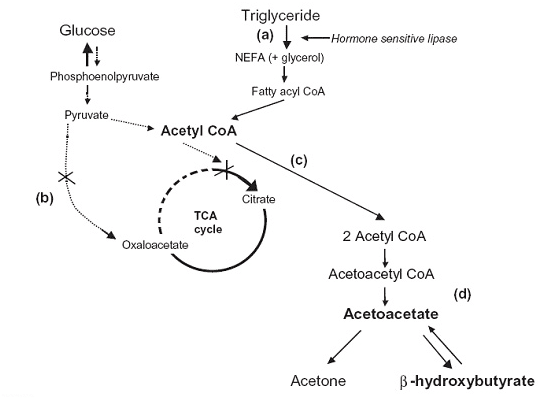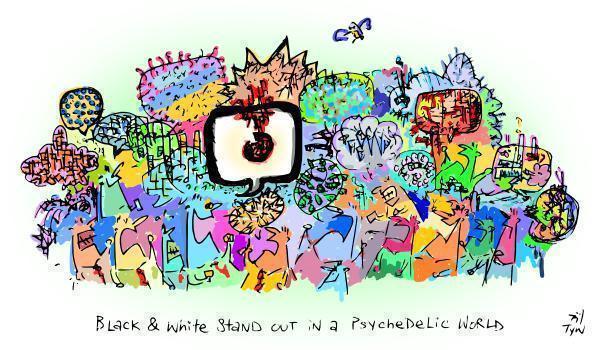m_arch
Member
Hey Yew, interesting article as always.24-hour energy balance is still an immutable constraint, which I addressed in my posts in this thread -- Drinking Coke Freely Quadruples Calorie Intake WITHOUT Weight Gain
Also this section and the rest of the article -- PUFA, Birds, and Genetics
Any discussion of any macronutrient needs to take into account supply and demand for that macronutrient (except in the case of alcohol, which always takes priority). This is invariably affected by total energy needs.
I'll repeat the quote attributed to ItsTheWooooo -- "A 50% calorie restricted 50% carb diet is a ketogenic diet". Doesn't matter what you are eating, if you need to mobilise that much fat from stores, the excess fat will have to be mobilised (and "be lost"), and if there is enough oxaloacetate depletion, ketones are produced.
....
My understanding is the summary of this article is "for longevity, we probably need to eat less pufa, but the degree of this is dependent on your ancestry. those with ancestry around the equator can probably eat closer to 0% pufa due to good internal synthesis genes, whereas those with ancestry outside this region probably need
to eat some".
this seems consistent with my experience - extremely dry eyes from a lack of vitamin A and a larger craving for fatty meals (rice diet no way), and my ancestry is away from the equator.
I have some questions;
your end comment was "we should probably just strive for around 10~15% body fat for a male" ... and there was also a comment about a faster metabolism not always being better.
(1) as i understand it, ray peat promotes an 'optimal' metabolism (defined by 37 degrees Celsius temperature and around 85 bpm pulse), and that under this is hypothyroid and over this is hyperthyroid. are you referring to a faster metabolism meaning hyper? otherwise it seems worthy of optimizing, because of all the associated benefits (better peripheral blood flow, heat-sensitive regenerative enzymes activated, etc)
(2) the 10-15% body fat for a male is achievable by endurance athletes, people with eating disorders or extreme anxiety. However this won't be achieved using an 'optimal' metabolism, but rather from stress hormones like cortisol and adrenaline keeping the physiology at that weight, and hence you get all the negatively associated benefits with that. I think rarely will the pulse and temperature both be at 37 and 85 under this situation
what do you think about these factors? obviously your blog post was more pufa-oriented but the wholism of what type of metabolism (efficient thyroid hormone vs stress hormones) is running these conditions seems important - especially when ray thinks thyroid is suppressed by pufa. i'm getting the impression that you think bodyweight is more important than the type of metabolism running?


